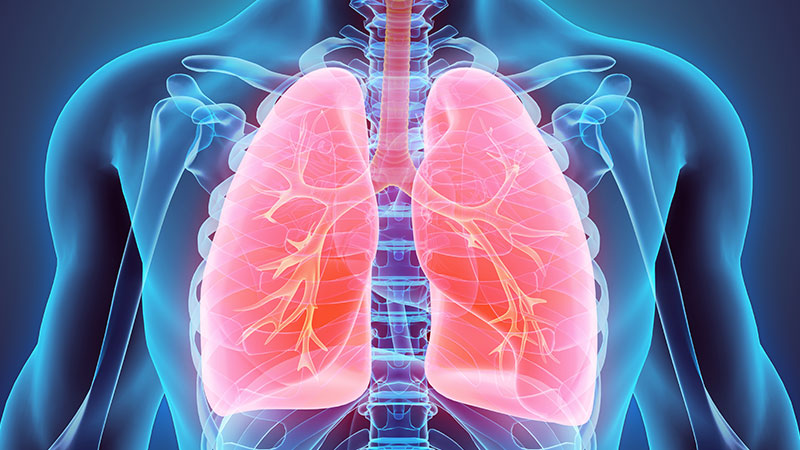What is anthrax?
Anthrax is an infection caused by the bacteria, Bacillus anthracis. These germs live mostly in animals and can form very tiny invisible spores (microorganisms) that live in soil for a long time. Anthrax is rare, but people may get sick if they come in contact with infected animals or contaminated animal products.
What are the symptoms of anthrax?
The symptoms vary. There are three main types of infections, depending on how you were exposed to the bacteria:

Cutaneous (skin):
Begins with itchiness of the skin that was in contact with the germ. A bump appears on the skin that then becomes a blister. It becomes a painless ulcer with a black scab in the middle and swelling around it. Fever and headache may be present. If untreated, you can get seriously

Inhalation (lung):
This is the most serious type of infection. It starts with symptoms such as fever, feeling unwell, and mild cough or chest pain. It then worsens into severe trouble with breathing, where your body cannot get
enough oxygen.

Gastrointestinal (stomach):
This infection is the rarest and often involves abdominal pain, nausea, vomiting, and fever.
Symptoms may begin 1 to 7 days after being exposed to the germ, but can appear up to 60 days after.
How does anthrax spread?
Anthrax can spread by three main ways:
- Cutaneous (skin): Contact with the germs in animal products (e.g., animal skins) and/or soil through open skin, like a cut or scratch. This is the most common way for humans to get infected.
- Inhalation (lung): Breathing the spores in. This can happen in high-risk situations, such as animal skin processing places, where the germs can get into the air.
- Gastrointestinal (stomach): Eating or drinking the germs from contaminated, undercooked, or raw meat.
There is also another type of infection that has happened to people who inject drugs in Europe, called injection anthrax. It is like cutaneous anthrax, but the infection may be deeper under the skin and spread faster through the body. This has yet to happen in Canada.
How long is it contagious?
Anthrax bacteria are shed by an infected animal that died. The germ forms spores that can live for years in soil, and then eaten by animals. Often people get anthrax from infected animals. It is rare for a person to spread cutaneous anthrax to another person.
How is anthrax treated?
If you or your child develops these symptoms, see a health care provider right away. Anthrax is treated with antibiotics (medications that kill bacteria).
How is anthrax prevented?
Ways to prevent infection include:
- Wash your hands often with warm water and soap, especially before and after touching animals and preparing and eating food.
- If you work in or visit a place that works with animals and/or processes animal products, follow precautions recommended by the facility. Workplaces should have proper ventilation systems and proper methods of disposing animals infected with anthrax.
- In Canada, there is one licensed anthrax vaccine for livestock that can be used to protect against anthrax.
References:
Heymann, D.L. (Ed.). (2015). Control of communicable diseases manual (20th ed.). Washington, DC: American Public Health Association.
Ontario. Ministry of Health and Long-Term Care. (2014). Infectious diseases protocol, Appendix A: Disease-specific chapters, Chapter: Anthrax. Toronto, ON: Queen’s Printer for Ontario.

